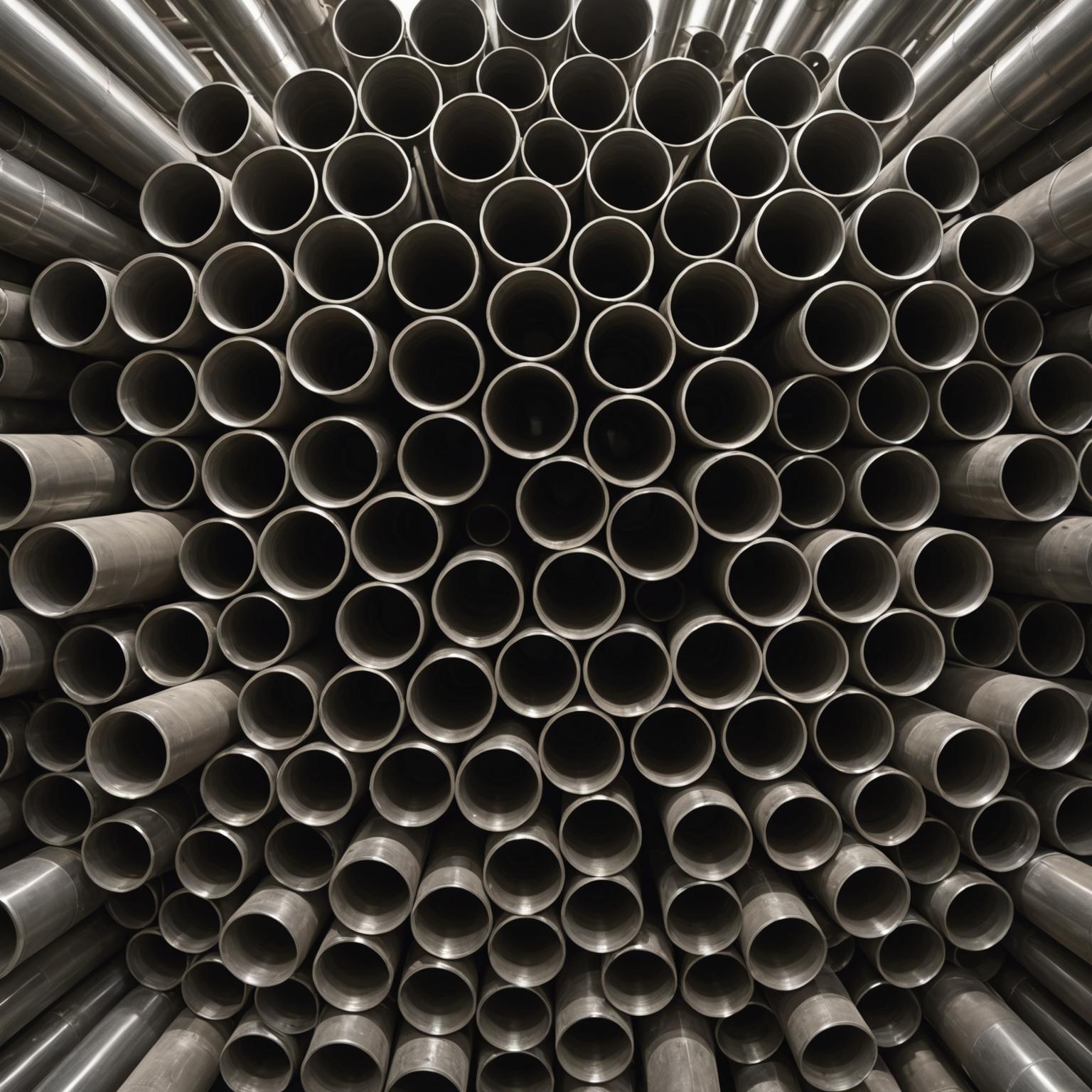Many industries, from food processing and pharmaceuticals to high-performance automotive applications, often face a critical challenge: How to mirror the inner wall of stainless steel pipe? Achieving a pristine, reflective internal surface is not merely about aesthetics. It is a fundamental requirement for ensuring optimal hygiene, improving fluid dynamics, preventing corrosion, and minimizing material buildup. This guide provides a detailed walkthrough of the methods, tools, and techniques required to transform a standard stainless steel pipe into a component with a flawless, mirror-polished interior.
Understanding the Challenges of Internal Pipe Polishing
The process of polishing the inner wall of stainless steel pipe presents unique difficulties compared to working on a flat or external surface. The primary challenge is accessibility. The confined, cylindrical space limits the types of tools that can be used and makes it difficult to apply even pressure throughout the entire length of the tube. Maintaining consistency is crucial, as any unevenness can create microscopic pits or grooves where bacteria can grow or fluid turbulence can occur. Furthermore, visual inspection is difficult, requiring specialized tools like borescopes to accurately assess the quality of the finish at each stage of the process.
Step 1: Meticulous Preparation of the Stainless Steel Pipe
Before any polishing can begin, the pipe's interior must be immaculately clean. Any residual oils, grease, scale, or manufacturing debris will interfere with the abrasives and prevent a uniform finish. Start by using a suitable degreasing solvent to remove all hydrocarbon-based contaminants. This can be done by flushing the pipe with the solvent or using a long, flexible brush soaked in the cleaner. After degreasing, rinse the pipe thoroughly with water and ensure it is completely dry. For pipes with significant scale or existing corrosion, a preliminary acid pickling step may be necessary to create a clean, raw metal surface. Proper preparation is the foundation upon which a perfect mirror finish is built, so this step should never be rushed or overlooked.
Step 2: The Multi-Stage Mechanical Polishing Process
Mechanical polishing is the most common method for finishing the inner wall of stainless steel pipe. It involves the use of rotating abrasives to progressively smooth the metal surface. The key to this process is gradual refinement, starting with a coarse grit and moving methodically to finer and finer grits.
First, you will need a flexible shaft grinder or a specialized pipe polishing machine. These tools allow you to feed a rotating abrasive head deep into the pipe. The abrasive head itself could be a flap wheel, an abrasive nylon brush, or a honing tool, depending on the pipe diameter and initial surface condition. Begin the process with a relatively coarse abrasive, typically around 80 to 120 grit, to remove any major surface imperfections, welds, or scratches. Move the abrasive head back and forth through the pipe at a steady, controlled pace to ensure an even cut.
After the initial grinding pass, it is essential to clean the pipe's interior to remove all metal particles and abrasive residue. Any debris left behind will cause scratching in the subsequent stages. Next, switch to a medium-grit abrasive, such as 240 or 400 grit. Repeat the polishing process, working to remove the scratch patterns left by the coarser grit. Once you have a uniform satin finish, clean the pipe again and move to a fine grit, perhaps 800 or 1200 grit. This stage will begin to bring out the reflectivity of the steel. For the final mirror shine, you will use a soft cotton buffing mop attached to the flexible shaft. Apply a high-quality stainless steel polishing compound to the mop and work it inside the pipe until a deep, clear reflection is achieved.
Step 3: An Alternative Method - Electropolishing
For applications requiring the absolute highest degree of smoothness and cleanliness, such as in the semiconductor or biopharmaceutical industries, electropolishing is the superior choice. This is an electrochemical process rather than a mechanical one. The stainless steel pipe is submerged in an electrolyte bath and becomes the anode (positive electrode). A cathode (negative electrode) is placed inside the pipe, and a DC current is applied. The current causes a microscopic layer of the surface metal to dissolve, preferentially removing the high points or peaks of the surface texture. This results in an incredibly smooth, passive, and featureless surface that is far superior to what mechanical polishing can achieve. Electropolishing also enhances the corrosion resistance of the stainless steel by creating a chromium-rich passive layer.
Choosing the Right Materials for a Superior Finish
The final outcome of your polishing efforts is heavily influenced by the initial quality of the material you start with. Using a high-grade stainless steel tubing collection, where each piece is meticulously manufactured with an emphasis on strength and uniform consistency, provides a significant advantage. Top-tier materials have fewer inherent surface flaws and imperfections, meaning less aggressive grinding is needed in the initial stages. This not only saves time and reduces abrasive wear but also makes it easier to achieve a flawless mirror finish. When the base material already possesses a sleek, polished surface, the journey to a perfect mirror interior becomes far more efficient. This focus on quality from the start ensures that your final polished pipe delivers unmatched performance and reliability.
Achieving Perfection and Final Inspection
Achieving a true mirror finish on the inner wall of stainless steel pipe requires patience, precision, and a systematic approach. Whether using multi-stage mechanical polishing or the advanced electropolishing method, each step must be executed carefully. Final inspection with a borescope is critical to confirm that the entire inner surface is uniform and free of defects. The resulting smooth, reflective surface will not only look impressive but will also provide superior performance, cleanliness, and longevity for any critical application.








